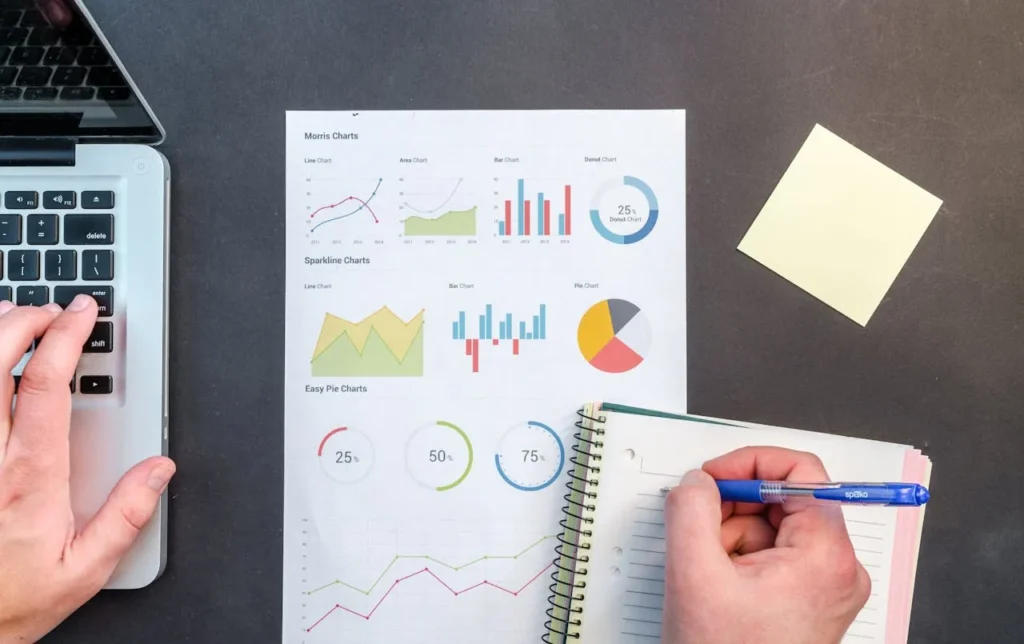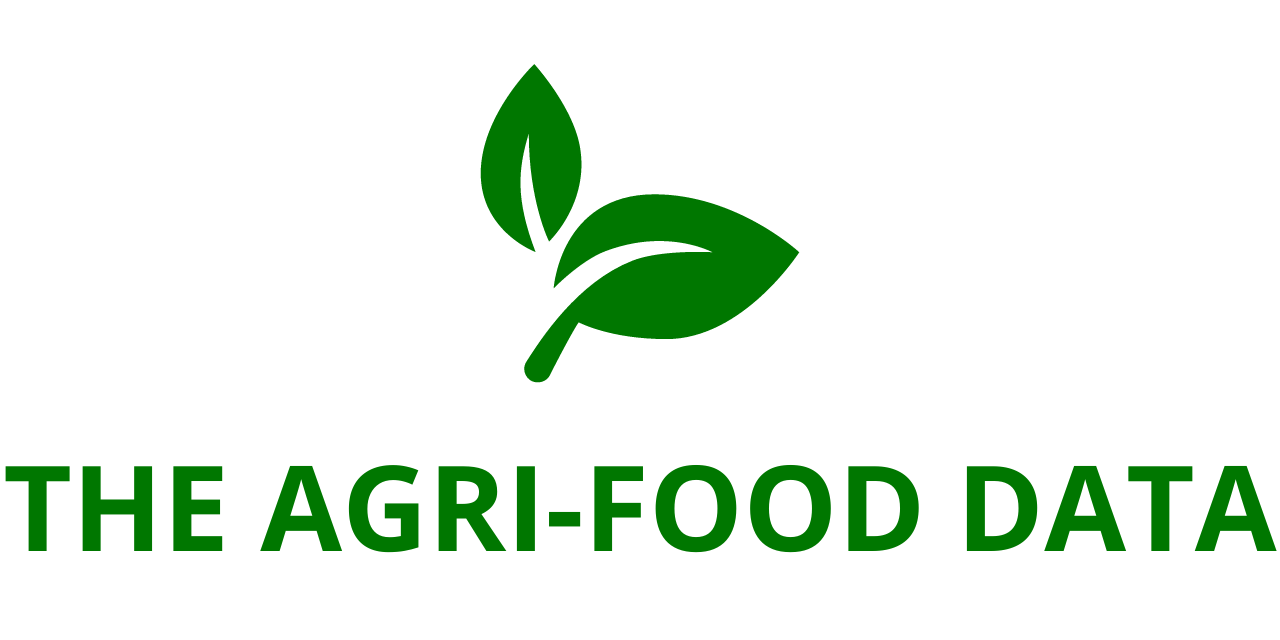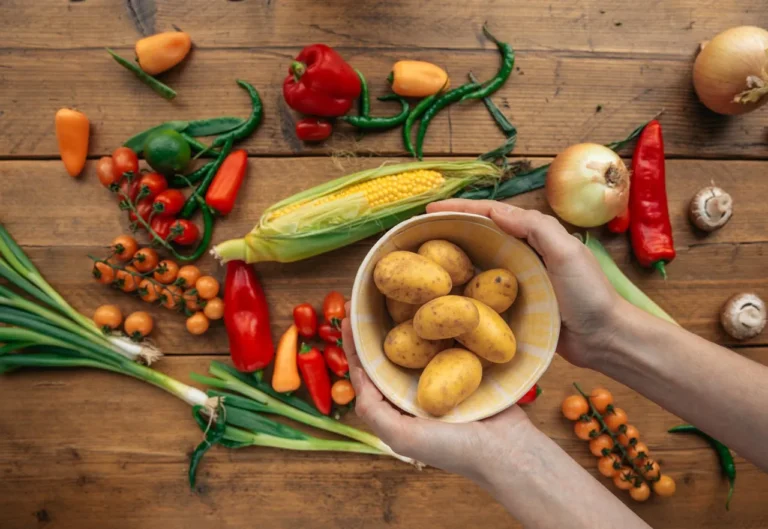
India Pump Market Report 2025–2030 | Driven by Irrigation, Smart Cities, and Rural Electrification
The “India Pump Market Research Report 2025-2030″ has been added to ResearchAndMarkets.com’s comprehensive market offerings, highlighting the ongoing growth and transformation in the Indian pump industry. Valued at USD 2.90 billion in 2024, the market is projected to reach USD 4.14 billion by 2030, reflecting a compound annual growth rate (CAGR) of 6.11%. This growth is driven by increasing investments in irrigation infrastructure, smart city initiatives, rural electrification programs, and expanding industrial and municipal requirements.
The India pump market is a mix of established domestic manufacturers and smaller regional players. Key companies such as Kirloskar Brothers, CRI Pumps, and Texmo Industries dominate the market, while numerous regional firms serve agriculture, water supply, wastewater treatment, industrial applications, and building services. These players are benefiting from government programs aimed at improving infrastructure and promoting energy efficiency, as well as from rising demand for digital and IoT-enabled solutions.
Local manufacturers including Shakti Pumps, KSB India, and Jyoti Ltd are increasingly integrating smart pump technologies, offering features such as remote monitoring, automation, and predictive maintenance. These innovations aim to enhance water efficiency, reduce energy consumption, and modernize water management infrastructure in both urban and rural areas. Companies like V-Guard leverage robust dealer and distributor networks, extensive service systems, and localized manufacturing, giving them a competitive edge, particularly in agriculture and municipal water systems.
The Indian government continues to provide strong support for the sector, enabling firms such as Solar Pump India Pvt Ltd to develop solar-powered and energy-efficient pumps. Simultaneously, global players like Grundfos India are focusing on research and development to introduce energy-efficient and IoT-enabled pumping systems. Meanwhile, regional competitors such as Falcon Pumps, Lubi Industries, and Roto Pumps focus on cost-effective, customized solutions for agricultural applications and borewell pumps.
Geographical Insights
In 2024, the Western region of India held the largest market share, accounting for approximately 33% of the pump market. Industrial demand in Maharashtra and Gujarat, key manufacturing hubs, has driven this dominance. Maharashtra alone contributes 13.8% of India’s industrial output and attracts nearly 30% of the country’s total foreign direct investment (FDI) inflows between April 2000 and March 2023.
The Eastern region is expected to be the fastest-growing segment, with a CAGR of 7.77%. Growth in this region is fueled by government initiatives to develop rural infrastructure and the emergence of new industrial corridors in states such as Bihar, Odisha, and West Bengal. In June 2025, Odisha approved eight mega industrial projects totaling approximately USD 17.76 billion, significantly boosting demand for pumps across industries and municipal utilities.
Market Trends and Drivers
The adoption of smart and IoT-enabled pump systems is rapidly increasing in India. These systems allow end-users to monitor performance, detect faults, and reduce maintenance costs through predictive analytics and remote diagnostics. Solar-powered and energy-efficient solutions are gaining traction, particularly in agriculture and rural water supply projects, driven by rising electricity costs and government incentives for renewable energy adoption.
Municipal and industrial pumping systems are also integrating automation and centralized control technologies, enhancing operational efficiency and lowering costs. Government schemes like Jal Jeevan Mission and AMRUT are contributing to increased pump deployment for rural water supply, sanitation, and sewage treatment infrastructure.

The industrial and construction sectors, supported by initiatives such as Make in India and Smart Cities, are further driving demand for pumps in HVAC systems, material handling, and utility services. Aging pump infrastructure in both government and industrial sectors presents opportunities for retrofitting and upgrading to energy-efficient and digitally regulated systems, supporting market expansion.
Industry Challenges
Despite these opportunities, high initial costs of advanced pump systems limit adoption among small farmers and micro, small, and medium enterprises (MSMEs). Price-sensitive buyers often opt for basic, low-cost models, restricting penetration of energy-efficient and IoT-enabled products. Volatility in raw material prices—particularly copper, cast iron, and stainless steel—creates pricing challenges, compressing margins for manufacturers and complicating procurement planning.
The market is highly fragmented, with many small regional players offering low-cost, low-quality pumps, which undermines customer confidence and hinders standardization. Additionally, inadequate training and awareness among end-users and technicians often result in suboptimal operation, frequent failures, and reduced lifespans for advanced pumping systems.
Impact of Global Trade Dynamics
The U.S.–China trade tensions have also impacted the Indian pump sector. In April 2025, India imposed safeguard tariffs of up to 15% on Chinese steel and alloy imports, raising costs for domestic manufacturers of irrigation, municipal, and industrial pumps. Steel prices surged by over 20% between late 2023 and Q1 2025, delaying public utility tenders and squeezing margins on infrastructure projects.
Manufacturers have sought alternative sourcing from Vietnam, Thailand, and Eastern Europe, though lead times have extended to 8–14 weeks, affecting deliveries under EPC and export contracts. Slowing global demand from the U.S. and China reduced Indian pump exports for oil, gas, and water infrastructure projects. Nevertheless, global buyers are increasingly considering India as part of the China +1 strategy, particularly from regions like the GCC, ASEAN, and East Africa. Domestic capacity constraints, however, limit short-term volume growth.
Recent Developments
In February 2025, Grundfos launched the MIXIT HVAC solution, IE5 pump systems, and improved LSV technology at ACREX India, aiming to enhance energy efficiency for data centers and district cooling systems. In April 2025, Havells India invested USD 70.49 million to acquire a 9.24% stake in Goldi Solar, securing a stable solar module supply and expanding its renewable energy footprint. In July 2025, Shakti Pumps approved a USD 1.4 million investment in its subsidiary, Shakti Energy Solutions, to expand solar cell and module manufacturing in Pithampur, Madhya Pradesh, reinforcing its position in the growing solar pump segment.
Overall, the India pump market is set for robust growth driven by technological innovation, government support, industrial expansion, and increasing adoption of energy-efficient and digitally integrated solutions. However, challenges such as high costs, market fragmentation, and raw material volatility remain key factors that industry stakeholders must navigate to achieve sustainable growth through 2030.





